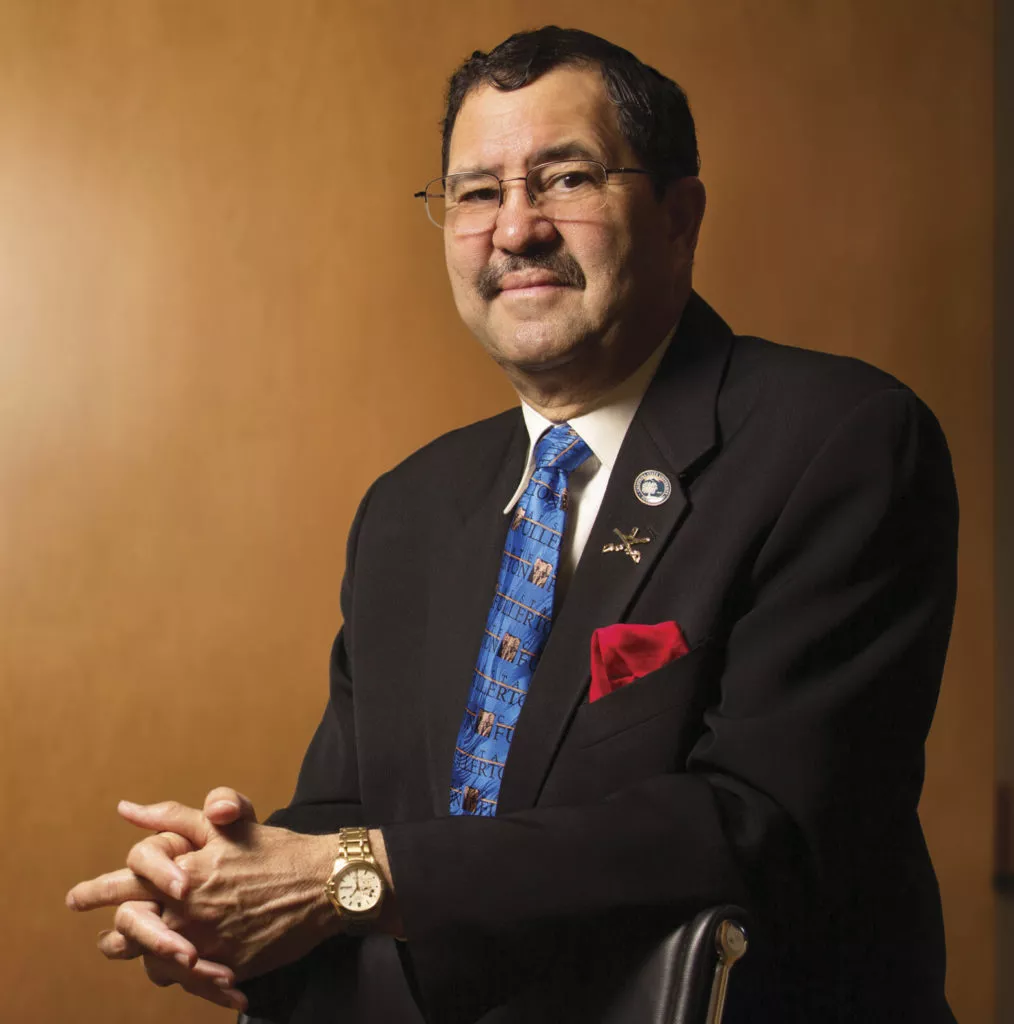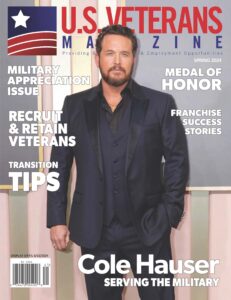Post Military Life – Much has changed in the world and in our country since our publication was founded. Everywhere we look, times are shifting, and it’s our goal to always be a part of learning from the past to make the future better and brighter for those who have been called to serve. The impact of veterans in their communities is multifold. They bring their skills, expertise, values and work ethic to local business, politics and the community at large. However, they have, unfortunately, not always received the aid and respect that is due to someone who honorably served in our armed forces.
As U.S. Veterans Magazine celebrates 10 years of supporting those who have been called to serve, we asked some of our partners about the difference they’ve seen in the veteran experience over the last decade.
U.S. Veterans Magazine: What do you believe has been the most significant change or benefit to veterans in the last 10 years?
Bobby McDonald, OC Black Chamber of Commerce:
 Photo Credit: Courtesy of Orange Country Black Chamber of Commerce
Photo Credit: Courtesy of Orange Country Black Chamber of Commerce
“In the year 2012, in the county of Orange, in the State of California, there were over 150,000 veterans living in the county. Orange County was the third largest county in California behind Los Angeles and San Diego and had no outside funding or support other than the Veterans Service Office, which came basically from the California Department of Veterans Affairs, through the County of Orange. The Orange County Veterans Advisory Council (OCVAC) was formed and comprised of members appointed by the OC Board of Supervisors. The board was made up of nine members that were U.S. military veterans with honorable discharges. In 2012, the OCVAC was injected with [a] couple of Vietnam veterans that were of the mindset to make a positive change in the veterans environment and set a course of involvement, awareness, outreach, resource availability and positive outcomes. Armed with the theme ‘Have We Helped A Veteran Today’ and a commitment to help veterans get housing, education, health, employment and legal support, the group set forth to make positive measurable changes with partnerships.”
Keith King, National Veteran Business Development Council (NVBDC):
Photo Credit: Courtesy of NVBDC
“The inclusion of veteran-owned businesses in the supplier diversity programs of America’s leading corporations is the most significant change of the past 10 years of successful post military life. When veteran businesses were first identified as legal contracting entities in the federal government, many veteran businesses celebrated. But the hype never lived up to the promise. As the National Veteran Business Development Council (NVBDC) was forming in late 2012, it was clear that, if a third-party certification organization could create a certification program for veteran business owners that met corporate supplier diversity standards, the corporations would give certified veterans a chance to compete for contracts. In 2014, when the NVBDC presented its certification program to a group of corporations, they all gave NVBDC their tacit approval. By 2017, when the 28 corporations of the Billion Dollar Roundtable named NVBDC as the only acceptable veteran business certification to use to capture and report their veteran business spend amounts, they created an $80 billion opportunity for our veteran businesses.”
Phil Kowalczyk, President and CEO of Camp Corral:
Photo Credit: Courtesy of Camp Corral

“The awareness and understanding of mental health challenges veterans, caregivers and their families are facing has been the most evolving trend over the last decade. Furthermore, the demographics of military and veteran communities continue to change rapidly, especially among caregivers. Camp Corral’s research has indicated that 70 percent of military children perform at least one caregiving task in wounded warrior households. Many of them experience similar emotional health challenges as their adult counterparts and caregiver responsibility can affect a child’s ability to participate in activities non-military children typically pursue. The Biden Administration recognizes these challenges and is dedicating more resources to serving military and veteran families through the ‘Joining Forces’ initiative. Commitments include support for caregiver economic opportunities and respite as well as increasing access to quality behavioral, social and emotional health resources for military and veteran families. These initiatives will be essential post military life steps in ensuring community providers have the resources they need to provide culturally competent and evidence-based care for both children and adult caregivers of our country’s ill, wounded and fallen military heroes and veterans.”
The Rosie Network:
Photo Credit: Courtesy of The Rosie Network
“The U.S. offers the most extensive veteran benefits in the world. Despite this, there remain much-needed improvements and one of the most significant is the Mission Act (2019) allowing veterans to seek treatment of the VA. As the daughter of a Vietnam veteran, I watched my mother sacrifice her nursing career to support my father’s 20 years of active-duty service. Living on a single enlisted income meant falling below the poverty line and [into] financial hardship. While military spouses continue to struggle with employment, there has been a significant shift over the past 10 years to address this issue. Today, military and veteran spouses have access to organizations and resources from Military OneSource to those seeking self-employment support from The Rosie Network.”
Patrick Alcorn, UTAVBOC:
Photo Credit: Courtesy of UTAVBOC
“The most significant benefit to veterans over the last 10 years includes the expansion of the Veterans Business Outreach Center program. The U.S. Small Business Administration’s Office of Veterans Business Development created this program, specifically, to empower post military Life, veterans and military spouses who are interested in starting and growing their business.”



